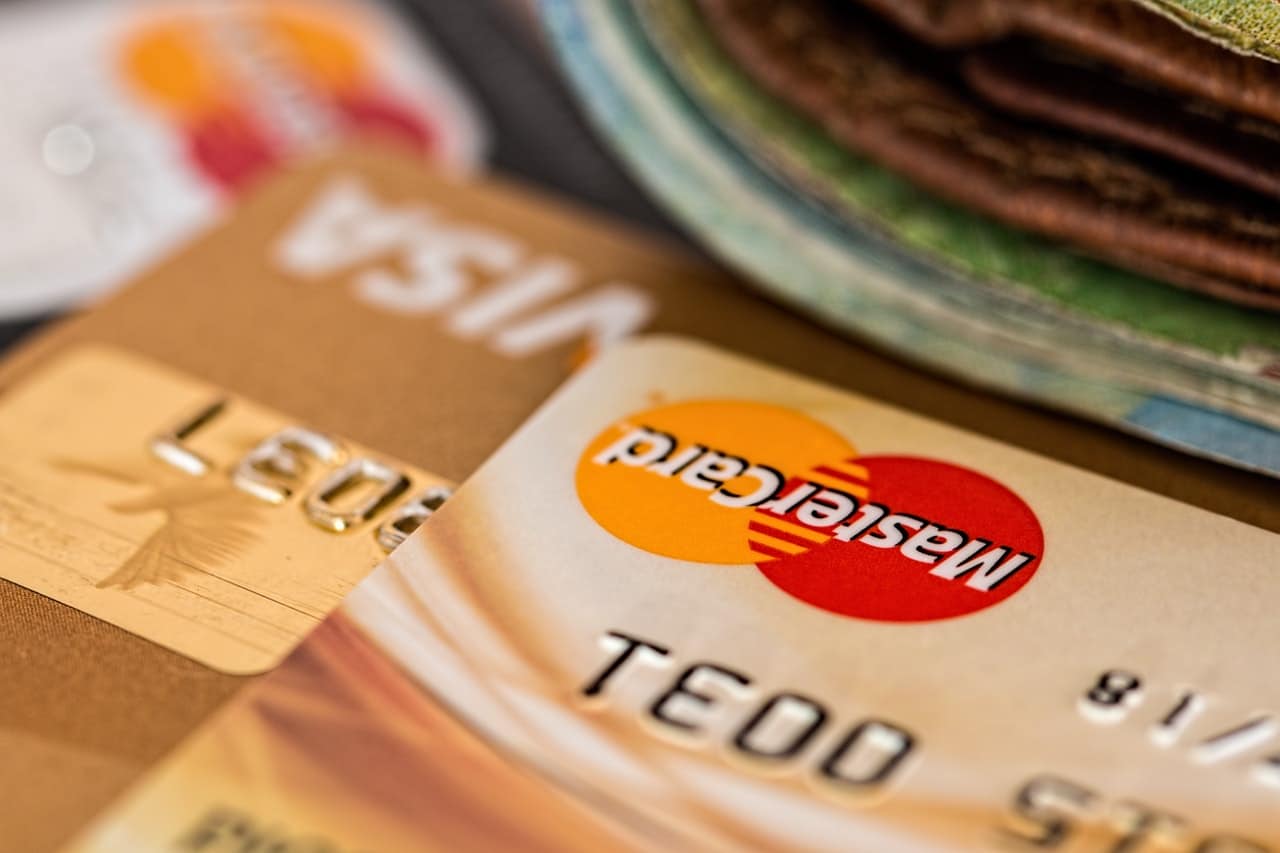Almost everyone has credit and debit cards in their wallet today. They are diligently used as a means of payment when traveling, while shopping online, in the restaurant, at the cash register, etc. Debit cards, like credit cards, have a debit card number of 13 to 19 digits and is shown on the front of the card, as well as the period of validity and the name of the cardholder.
On the back of the card, there is a Card Verification Code (CVC) which is used for verification. It is protected by a PIN (Personal Identification Number) which the cardholder has to enter for the transaction to take place.
Debit card processing is usually less expensive than Credit card processing and hence is more common. Debit cards are very convenient – but they make you vulnerable to identity theft. Here’s how to keep your debit card safe from thieves and protect your identity and your money.
IMAGE: PEXELS
1. Monitor Your Transactions
The best way to control your finances is to track all your payments and purchases on a daily basis. Debit cards are protected by their issuer. By monitoring your transactions, you will immediately notice undue charges.
If you believe you are the victim of fraudulent transactions, immediately call the bank that issued the card. Your bank will block the card to prevent other charges and will make sure to refund the stolen money.
The bank will then issue a new card with a new account number and a new PIN upon your request. Several banks provide ‘SMS Notification’ service to control operations on your card. This will allow you to quickly find out about dubious and unauthorized operations with the Card and quickly avoid unpleasant consequences.
2. Protect Your PIN
Never give out your PIN. It may be tempting to trust your friend or family with your PIN, but this is not a good idea. Circumstances can change, and sometimes, need prevails over maintaining trust or, even worse, a person you trust can get into a compromising situation regarding a third party and be forced to disclose your PIN code under the threat of harassment.
Also, you should never give out your PIN in response to an email or phone request. Do not select an obvious PIN for your debit card. Your date of birth, wedding anniversary, phone number and home address are all obvious choices, so just don’t use them. Instead, think about numbers not related to the main events and addresses of your life in order to create your PIN.
Do not store your PIN near the Card, in your wallet and moreover never write it on the Card. It is preferable to remember the PIN or, in case it is difficult, to store it separately from the Card in an implicit form and in a place inaccessible to third parties, including relatives.
3. Do Not Use Public Networks
An online store is a convenient way to buy almost anything you want from the comfort of your home. To protect sensitive information of your debit card, it is advisable to make purchases from your home Internet, if you have the opportunity.
Try to avoid making online purchases when connecting to a public Wi-Fi network or when using a public computer, such as a computer in a library. Publicly accessible computers and Wi-Fi networks are at much greater risk of hacking, which could jeopardize the security of your information.
4. Look For A Secure Connection Before Making The Purchase
Many websites display a blocking character (green color lock sign) in the address bar. This is most often seen on the payment page of the online store. This means that the website uses an HTTPS connection to securely enter your information.
You will not see this symbol on every page of an online store and this is quite normal. Not all pages really need this extra level of security. However, if you do not see this symbol, you should avoid entering your debit card details or other financial information.
5. Use ATMs Only At Bank
Fraudsters develop and install fake ATMs in order to seize the card into a trap. ATMs installed in the most crowded places like subways, airports, etc. have a greater risk of having a skimming device.
When the owner inserts a card into the ATM and enters a PIN code, the fake ATM displays a message about a technical error or lack of funds in the account. Most of the unsuspecting user will search for another ATM in that situation. But the fake device counts all the card data and take away the money before the cardholder notices.
If you want peace of mind about your debit card, the safest thing to do is to link it to a separate bank account, where you just have enough funds to cover your daily expenses. Alternatively, you can limit the amount of the transaction. You can set a daily limit for cash withdrawals from the card. In this way, your savings account will not be in danger in case of fraud or intrusion.
If you are interested in even more technology-related articles and information from us here at Bit Rebels, then we have a lot to choose from.


COMMENTS